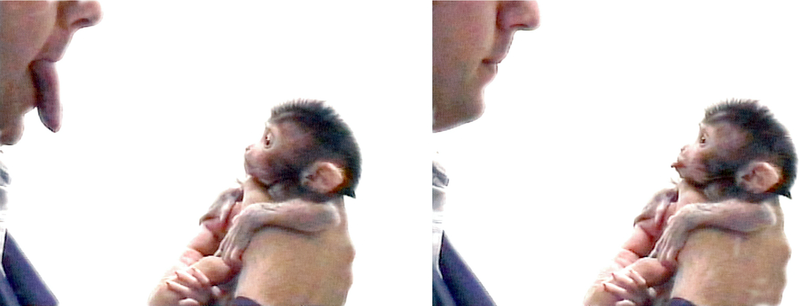Anthropomorphism
as an essential element in narratives
There are many
cognitive elements which are a necessary condition for creating
narratives. Understanding of the concept time, for example, is an
essential cognitive process underlying the plot aspect of narratives,
and so is agenting, and cause and effect. All these are necessary for
creating a narrative and understanding it.
But there is one
more aspect which is essential for narrating: Anthropomorphism.
We have seen that
narratives have to have, as a minimum, a plot and a protagonist. The
protagonist would always be anthropomorphised, always in a form of a
person. This happens even when the protagonist is an object, and
animal, or even a concept. This happens because in order for someone
or something to become a protagonist, it has to 'put on', as it were,
a human form, to be personified, to be presented as a person, to
“anthropomorphise”.
About the concept Anthropomorphism
It is usually
thought that “anthropomorphism” means assigning a human form to a
god, and thus it is a heresy, or so it is conceived in the
monotheistic-philosophic religions known as Abrahamic religions.
(note: In fact,
not only in the Abrahamic religions one finds invisible principle;
such is found in other religions, such as Buddhism, Hindu religions
in their philosophical incarnation, and others. In fact, in the
Abrahamic religions themselves, especially Judaism and Christianity
(Islam is stricter in this respect) god is portrayed as having a
human form in many stages of the religion: Jesus, for example,
obviously has a human form, as well as God the Father in many
ancient, Medieval and modern artworks. Biblical religion, a
forerunner of rabbinic Judaism, has no hesitation speaking of God in
humanized terms, and rabbinic culture itself, in its midrashic
aspect, has no fear of anthropomorphism as well.)
But in fact the
meaning of the word “anthropomorphism” is simple “human form”,
and this attribute can be assigned to a whole range of things, not
only to god. Landscape, animals, trees, objects – all these can
assume human form, or given attributes which are considered human,
such as understanding, feeling, agenting or speaking.
I don't claim
here that these attributes (such as agenting or speaking) are truly
only human, but these are considered often as human qualities,
especially speaking.
Speech and
personification
All this is
particularly typical to the ability to speak, and therefore assigning
speaking ability to an object, an animal, or a concept (God) is
considered anthropomorphism.
The origin of
this, in Western thinking, is the Aristotelian hierarchial chain of
being, which puts men at the top of the hierarchy of
objects-plants-animals-humans.
I don't claim
that this hierarchy is true in any way, only that we tend of think
that human language is the most developed.
Anthropomorphic Cognition
So
Anthropomorphism is the assigning of what is considered human
qualities of things which are not human. A set of cognitive
activities which translates the reality into a world that pertains to
or centers around humanized things will be called in this book
“anthropomorphic cognition”.
In order to
understand more clearly what anthropomorphic cognition means, it is
worthwhile to look at other types of cognition, and what type of
ontology is perceived by them.
For this purpose
I will describe three other types of cognition: Mimetic, theoretic,
and emotional.
After describing these cognitions, I will return to discuss the relationship between narrativity and anthropomorphism.
After describing these cognitions, I will return to discuss the relationship between narrativity and anthropomorphism.




